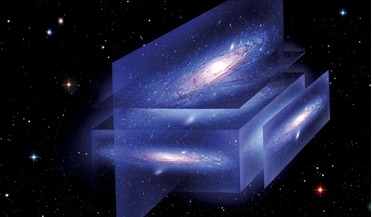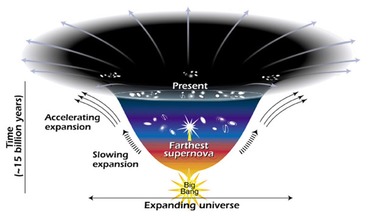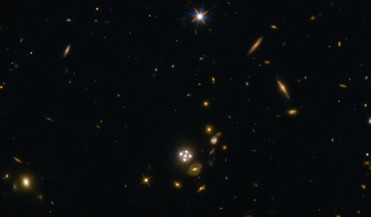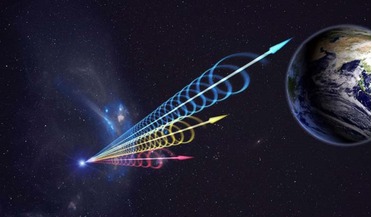 October 2020
Learning from alternative universes
October 2020
Learning from alternative universes
... are (1) directly measuring the speed at which distant galaxies move away from us; and (2) looking at the Cosmic Microwave Background (CMB) and inferring from it the value of Hubble’s constant. Historically, both values have been slightly different...
 26 January 2016
Scientists reveal a new way to test the origins of the Universe
26 January 2016
Scientists reveal a new way to test the origins of the Universe
... structures that we see today. Aiding the Inflation hypothesis is the tiny fluctuations in temperature in the otherwise smooth cosmic microwave background (CMB), which is the heat left over from the explosion of the big bang. Using probes such as the...
 10 March 2016
Mysterious infrared light that fills the Universe found with ALMA
10 March 2016
Mysterious infrared light that fills the Universe found with ALMA
... their nature is still unknown. Along with the well known Cosmic Microwave Background (CMB), two other forms of radiation, the Cosmic Optical Background (COB) and the Cosmic Infrared Background (CIB) are types of emission that are ubiquitous in the...
 24 October 2016
New research questions the rate at which the Universe is expanding
24 October 2016
New research questions the rate at which the Universe is expanding
... significance.” It is not just Type 1a supernovae that have been used to infer an accelerating Universe. Information on the cosmic microwave background (CMB) - the faint afterglow of the Big Bang - has also been used to support the same idea. However...
 27 January 2017
Distant quasars help refine the rate of the expanding Universe
27 January 2017
Distant quasars help refine the rate of the expanding Universe
... fast as previously thought. The other method in which to provide a measurement of the expansion rate is to use the cosmic microwave background (CMB), the "fossil radiation" or "afterglow" of the Big Bang. Using this data, the team behind the Planck...
 29 February 2016
Missing matter still lost, as Fast Radio Burst not quite what it seems say researchers
29 February 2016
Missing matter still lost, as Fast Radio Burst not quite what it seems say researchers
... the Universe, is that half of it appears to be missing (the so-called “missing baryons” problem). Some researchers are using cosmic microwave background (CMB) data obtained via WMAP to search for the missing matter in galactic disks and halos. This...